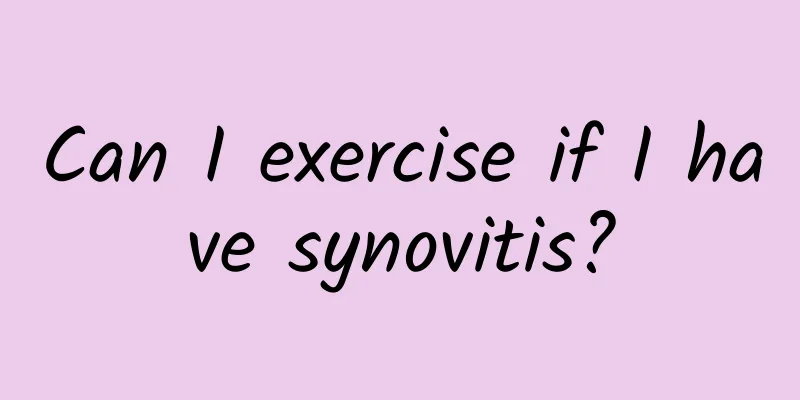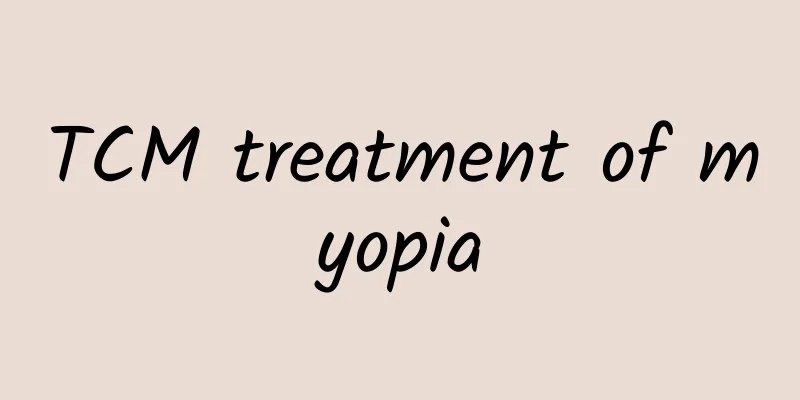The most effective drug for Malassezia

|
Many diseases are caused by bacterial infections, such as psoriasis, seborrheic dermatitis, folliculitis, etc. Infection with Malassezia causes skin lesions. Malassezia is the general term for tinea versicolor and pityrosporum folliculitis. If children under one year old are infected with Malassezia, it will cause a variety of diseases. Therefore, if the symptoms are discovered, they must be diagnosed and treated in time. Malassezia can be treated with medication or traditional Chinese medicine. What are the most effective drugs for treating Malassezia? Malassezia is an infection of the superficial stratum corneum and hair follicles of the skin caused by Malassezia, which can occasionally cause systemic infection. At present, the research on Malassezia is relatively in-depth, mainly referring to tinea versicolor and pityrosporum folliculitis. Therefore, tinea versicolor and pityrosporum folliculitis are combined to establish this disease. In addition, this fungus has a certain relationship with the onset of seborrheic dermatitis and psoriasis. 1. Clinical manifestations Tinea versicolor is a superficial skin infection. The lesions are mostly grayish yellow, brown, dirty brown or even grayish black macules. If you bathe frequently, you may see a light red color. The macules are initially the size of a hat pin, then gradually increase in size to the size of a lentil or a little fingernail, and their number gradually increases. They can merge with each other and invade a large area of skin surface. The lesions have clear edges, the surface is slightly shiny, and there are bran-like scales when scratched. When the symptoms are alleviated or the skin becomes dormant in winter, it appears as hypopigmented spots. It happened again the following year. Pass slowly. It is more common in adults, especially men. Pityrosporum folliculitis is more common in young and middle-aged people, with an average age of onset of around 30 years old. It is more common in males than in females. The rash appears as millet-sized dark red papules or small follicular pustules, which are diffusely distributed. The most common sites are the chest, back, shoulders, and neck, and rarely on the forearms, calves, and face. Some patients may experience moderate or mild itching, and some may also experience burning and tingling sensations. In a few cases, it may coexist with tinea versicolor. 2. The clinical manifestations of systemic infection are related to age. 1. Infants under 1 year old: serious underlying diseases include low birth weight, premature infants, respiratory distress, bronchial dysplasia, aspiration pneumonia, congenital heart disease, necrotizing enterocolitis, abdominal malformation, etc. Common manifestations include sudden increase in body temperature, respiratory arrest, and bradycardia. Other manifestations may include pneumonia, interstitial pneumonia, respiratory distress, lethargy, malnutrition and respiratory failure. 2. Children and adults: Serious underlying diseases include aplastic anemia, leukemia, post-small bowel resection, hemorrhagic necrotizing pancreatitis and organ tumors, etc. Most patients have sudden fever, chills, nausea, vomiting, muscle weakness, etc., and may also have cough, unstable body temperature, joint pain, etc. For superficial and follicular infections, diagnosis is not difficult based on clinical features, fungal examination, and golden fluorescence under Wood lamp. For systemic cases with the above-mentioned underlying diseases and receiving parenteral hypernutrition therapy, if clinical signs of acute infection appear, the diagnosis should be confirmed by mycological examination. 3. Drug treatment For superficial infections, compound resorcinol tincture, hydrochloric acid tincture, 2% ketoconazole lotion, miconazole cream, 1% bifonazole tincture or cream, 1% terbinafine cream or gel can be used for external washing or application. Mild systemic infections can be cured by stopping fat emulsion. For severe cases, amphotericin B, flucytosine, itraconazole and fluconazole can be used. Oral terbinafine is ineffective in treating this disease. IV. Traditional Chinese Medicine Treatment In traditional Chinese medicine, add 30g of Realgar Detoxification Powder to 120g of Stemona Liquor, shake well and apply externally, or add 10g of Radix Hibisci Reticulatae and 10g of Cloves to 100ml of 50%-70% alcohol, soak for 1 week and then apply externally. |
<<: Is Addictive a chemotherapy drug?
>>: How long does it take for drug side effects to go away?
Recommend
How to treat brow bone fracture
The brow bone is a relatively high part near the ...
What are the methods of traditional Chinese medicine to treat prostatitis and hot urine?
In the early stages of prostatitis, urination dif...
What are the effects and functions of Fujiang?
Every year when the Great Heat season comes, many...
What antibiotics are used for streptococci?
Bacteria are a type of microorganism that is wide...
Nursing diagnosis of myasthenia gravis, this is the best way to achieve the best results!
There are five diagnostic methods for myasthenia ...
What are the symptoms of peripheral neuritis
Peripheral neuritis is also a common symptom, whi...
What causes fever, headache, nausea and vomiting?
When people mention fever, they will avoid it. On...
Hemorrhagic fever symptoms
Hemorrhagic fever is an infectious disease that c...
What to do if your child has strawberry red spots on his tongue
If parents find symptoms like strawberry red spot...
Can Niuhuang Jiedu Tablets cure bad breath?
Niuhuang Jiedu Tablets are a relatively common Ch...
Lung cancer chest effusion
When talking about cancer, many people think of d...
Symptoms of insomnia caused by kidney deficiency: these four are the most typical
Bronchial asthmaindent: 2em; text-align: left;&quo...
What to do with long-term tinnitus? Chinese medicine recommends several dietary recipes
Tinnitus is the occurrence of noisy sounds in peo...
The operation process and steps of sputum suction
Many people have seen suction machines in hospita...
Elevated urobilinogen
If you want to have a healthy body, you need to b...









